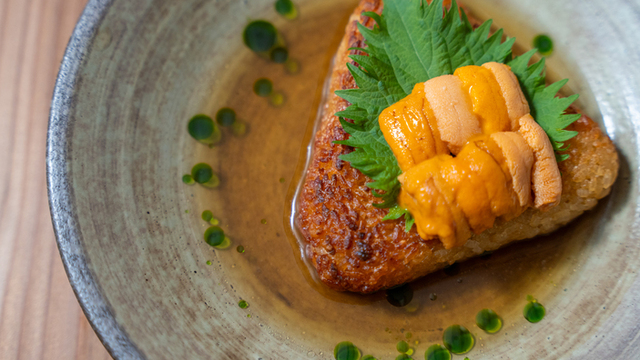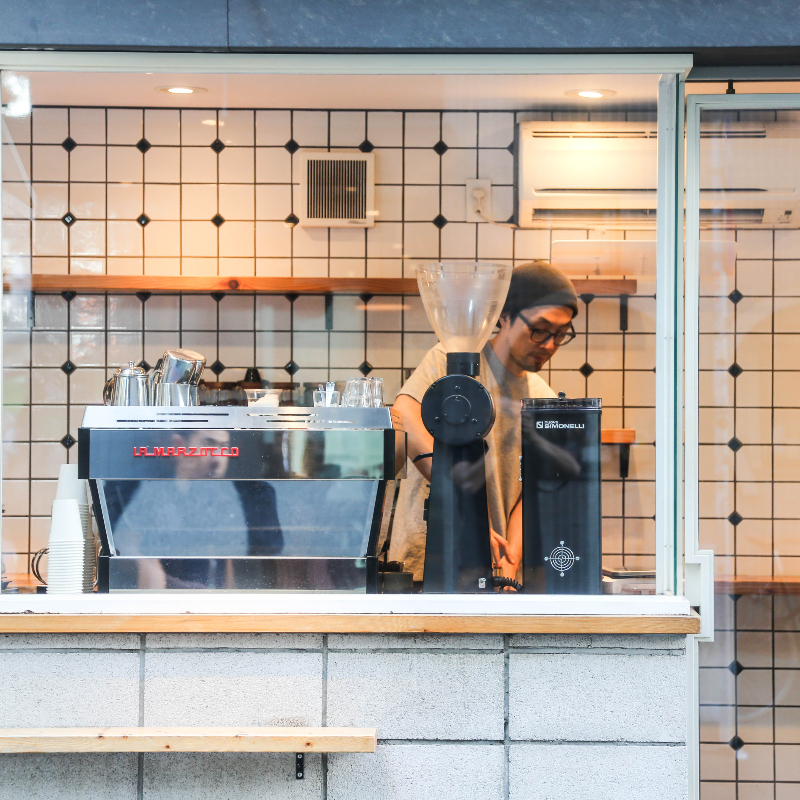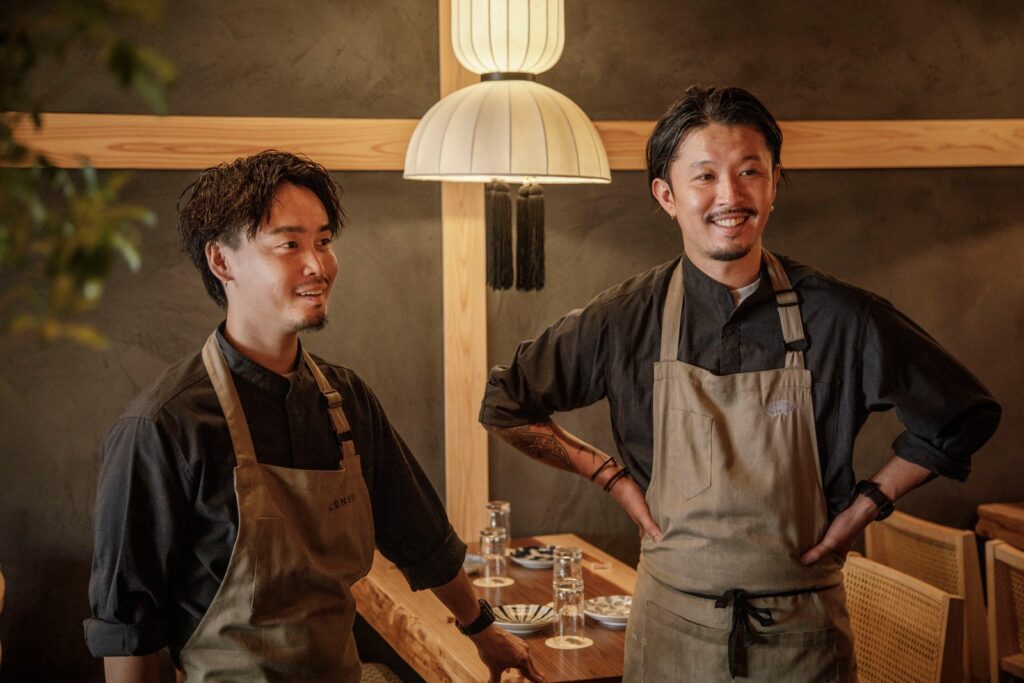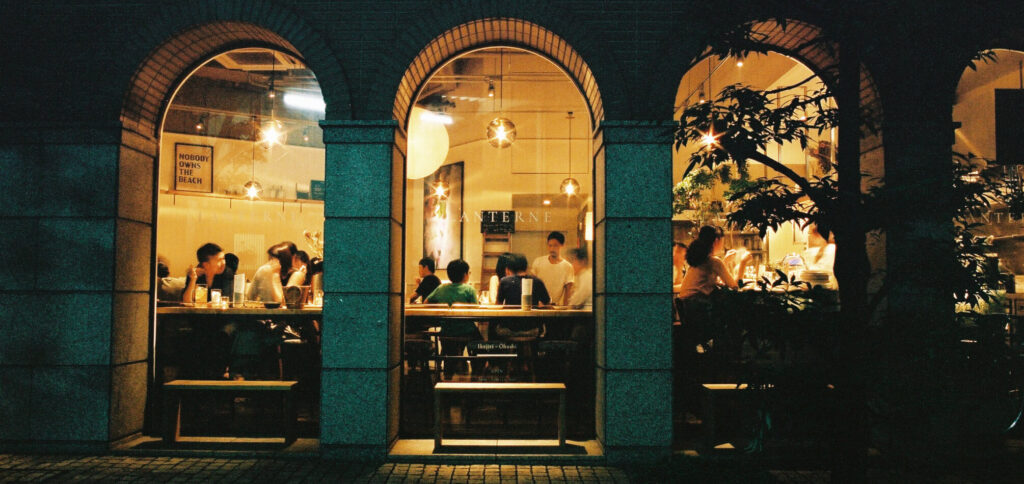Why The Mint Partners decided that now was the time to open in Japan
Japan took me by surprise. When I was transferred to Club Med in Hokkaido, I was unprepared for the life-long love affair that awaited me. What was supposed to be one ski season tuned into four years from the snowy mountains to the islands of Okinawa, as my love grew for a land that opened my mind, like nowhere else I’d been.
Now, as I continue to travel back to Japan every six months or so, all it takes is for me to see the evenly spaced luggage spin around the baggage carousel, their handles all facing outwards, and that love comes gushing back. So 15 years after moving back to Australia, it is a dream come true to be launching MINT’s Japan services.
There is no denying, Japan is the hottest destination for Australians right now. And we’re not the only ones. The country recorded over 25 million tourists in 2023, with December 2023 over 8% higher than the pre-pandemic boom in December 2019.
613,100 Australians visited Japan in 2023. This March, Australian tourists entering Japan were up by 87% compared to March 2019, seeing Australia finish the year as the 8th highest source markets for Japan and the second biggest long-haul market, behind the US. Pretty big numbers for a small market.
So what’s put Japan so high on the travel agenda for Aussies?
The current conversation centres around the weakened yen drawing visitors looking for a low-cost holiday option. However, there is more to be said of the effect of the dropping currency. Japan’s economy faces a scary path ahead when you consider that it has the lowest birth rate in the world. The ageing population and the strain that puts on the country is partly responsible for the decline in domestic tourism, as many Japanese nationals conserve discretionary expenses.
In the past, Japan did not need to rely on international tourism as much as it now does, and that increased need has led the nation to focus on ‘welcoming’ aspects for foreigners. Often labelled a monoculture, and with a long history of remaining fairly closed to outside intervention, the campaign for the Tokyo Olympics included a large-scale re-look at English signage, accessible rail systems, credit card acceptance and English language skills for many jobs. A focus that shocked me recently as I bought my eki-ben (train bento) from an elderly shopkeeper who confidently asked me in English “would you like to pay with cash or card?”.
There is also no denying that Australia now deems almost anything Japanese as immediately ‘cool’. When I tell my Japanese friends that having kewpie mayonnaise in the fridge is a badge of honour, they can’t believe the 180 that has turned from a time when ‘weird’ was a much more common label than ‘desirable’ for Japanese goods and culture.
While cars have long been Japan’s greatest export, the popularity of fashion and lifestyle brands like Uniqlo, Muji and COMME des GARÇONS, alongside beauty brands like SKII and Shiseido has seen an increase in sales in Australia in line with Japan’s overall popularity.
Anyone who has met me knows that my love for Japan is at its fullest when I am eating Japanese food. And to my delight, Sydney and Melbourne have been in their omakase-era over the past five years. The Japanese Restaurant industry has increased its revenue by 0.8% to $1.9 billion over the past five years in Australia, including a rise of 2.6% in 2022-23, when profit margins will reach 7.0% according to IBISWorld industry market research.
Which came first – the yaki-tori or the egg?
“Now that so many Australians are visiting Japan, they are getting a more sophisticated taste for Japanese food” says Shun Sato, Creator of uber-cool restaurant group Censu and former chef at Blancharu and Ms.G’s, Sydney. “Australians used to ask me to make them sushi – but I’m not a sushi chef! Now they understand products like yuzu kosho and shiso on menus.”

Many retailers, like Muji, are also citing travel as the path to discovering Japanese brands, driving ongoing sales after their return home. And interestingly, speaking to a number of hotel managers in Japan, many attribute their increasing number of Australian guests to the popularity of Japanese restaurants and brands spurring that desire to travel. So it seems there exists a lovely self-perpetuating cycle of revenue between the two – Japanese brands at home and experiences abroad.
That cycle is no doubt helping to feed the big expansion plans by hotel groups Marriott, IHG and Hyatt, who have introduced an incredible number of new properties to their Japan portfolios. Landmark modern-luxury hotels like Marriott’s two new Edition Hotels, Kimpton Shinjuku and Hotel Indigo Shibuya are examples of this booming success in Tokyo, with new openings including InterContinental Sapporo, Four Seasons Osaka and Capella Kyoto, continuing the trend across the country.
A recent report by STR on Japan’s hotel market shows impressive growth in revenue per available room (RevPAR) over the past 15 months amidst above-average inflation. Rates have grown more than 20% year over year for each of the past 19 months, with no signs of deceleration.

Why did Parisians and New Yorkers get a reputation for being rude? Was it them, or is it us?
This massive surge of international tourism doesn’t generate enthusiasm from the country as a whole, though. Going from locally focused to a top international tourism destination in such a short timeframe hasn’t allowed the country time to keep up and the flow on means that tourism-adjacent business are suffering. Language barriers aside, the foreign customer eats and travels differently. On a smaller scale, a number of hotels and restaurants have stopped taking overseas bookings after experiencing a string of no-shows and restaurants have now needed to start mandating the order of at least a drink and a meal each.
On a larger scale, this unpreparedness for a tourism rise, is being evidenced at some major landmarks. Mount Fuji recently began charging for climbers in an effort to restrict numbers; tuna auctions have closed to tourists at the now relocated Tokyo fish market and the famed ‘geisha neighbourhood’ of Gion recently closed some of its streets.
In fact, many foreigners report being ‘locked out’ of certain establishments due to their nationality, as the country works out how to balance a new demanding customer without losing the local experience that has made them desirable.
The risk? With flocks of new visitors centering around the same few things, the perception becomes that the country is ‘full’. In fact, ‘over-tourism’ is a term already being used by media to describe magical places like Kyoto.
At present, a lot of the information available to tourists in media, online and on social media lacks the diversity and sophisticated understanding of the country that helps the spread of tourism across different paths.
“Most Australians and New Zealanders seem to follow the same itinerary, from the cities they visit, the attractions they see, the places they stay, the restaurants they frequent and the mountains they ski” notes MINT’s Tokyo-based, Freelance Japan Consultant, Susie Krieble. “After living here for seven years, I’ve completely changed my list of what I used to recommend to visitors because so many of them have become maxed-out and overpriced. This is further perpetuated by the use of social media as a tool for tourism discovery. Lining up for restaurants is nothing new here, but the twisting lines of tourists vying for the same ‘TikTok famous’ ramen or photo-spot is.”
So should we all just back off a bit?
“No.” says a tourism representative in a chat to me earlier this year. “We need international visitors, we just need them to spread out a bit. Kyoto is five times more reliant on international tourism than even Tokyo is, so when you see media articles that say things like, ‘Avoid the crowds of Kyoto and visit these dupes instead’ I feel really worried. The fact is, we have a lot of places dying for tourism, but everyone seems to just visit the same five spots.”

A short shinkansen from Tokyo to Osaka sees hotel ADRs drop by 50%, putting regional dispersal high on the agenda for the Japanese National Tourism Organisation. Japanese travel agencies like JTB have expanded inbound travel route offerings to less-known destinations such as Kanazawa, with regional diversification in mind, and regionally-focused Fairfield by Marriott continues its expansion of Michi-no-Eki (roadside stop) hotels in regional locations.
Cultural understanding will be key to attracting Australians to a diversity of experiences within Japan. As Aussies begin to plan their third and fourth holiday to Japan, the appetite is already growing for paths less travelled. As sushi, ramen, cherry blossoms and maid cafes are crossed off our ‘to do’ lists, there becomes more room for different experiences, even within the major cities. Sake bars under the train tracks in Koenji, baseball games, the beach at Zushi or cool-kids suburbs like Higashiyama.

Though the entertainment industry has long stereotyped Japanese culture into a ‘novelty’, the opposite is true of how Japanese people approach other countries. Sophisticated travellers are discovering gems in Japan’s tradition of honouring foreign food, design and goods and reinventing them in a Japanese way. A wonderful example is Tokyo’s pizza scene, heralded by David Chang as ‘the best pizza in the world’ (and I would agree). Chihiro Maruyama, CEO and executive chef of Cherche has modelled three restaurants and a ceramic gallery around his love of French culture, finding an elegant Japanese interpretation of his beloved European influence. And New Zealand may lay claim to the best coffee in the world, until you find Masashi Tasaki of About Life Coffee Brewers, who trained under Sydney’s awarded barista, Shoji Sasa. His company, Onibus is now shipping beans to hipster cafes around the world from Tokyo’s burgeoning coffee scene, recently splitting digs with a cult Danish brewery in Shibuya’s hybrid-hotel, All Day Place.

Seasonal travel is also an opportunity where Australians can play a role in a more sustainable growth industry for the country. On my last visit to Tokyo and surrounds, each hotel and ryokan I visited told me that January was their lowest month – a time when Australians pack their bags in droves and many flock north for the snow, skipping Tokyo and other calmer places.
Embracing the modern iterations and hyper-seasonal aspects of the culture will be key to attracting a high-yielding, respectful visitor, rather than running the risk of a segregated ‘for foreigners’ and ‘for locals’ version of Japan.
Our mission: improve diverse, respectful tourism in Japan for a sustained future between our countries.
The Mint Partners exists to imagine the next chapter of our culture. With our new services in Japan, a country we hold a deep love for, we would like to play our role in helping Australians and New Zealanders to imagine the next chapter of a diverse, respectful and sustained tourism flow to Japan.

